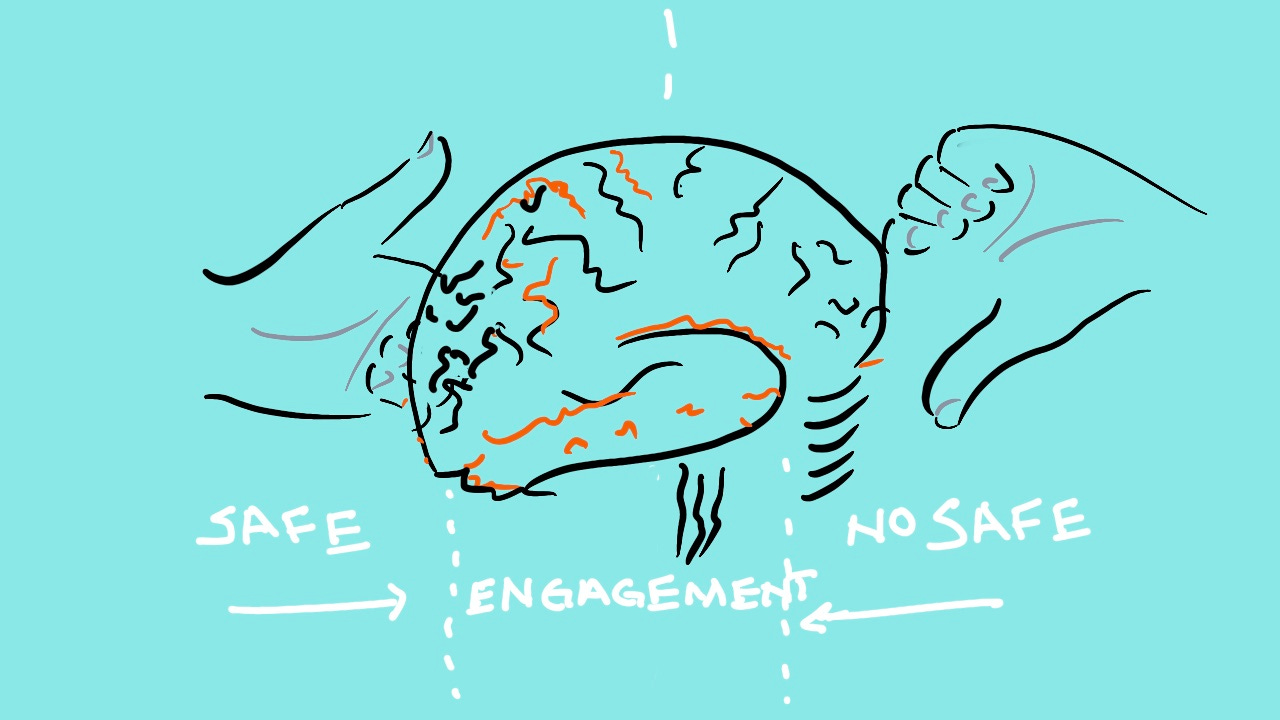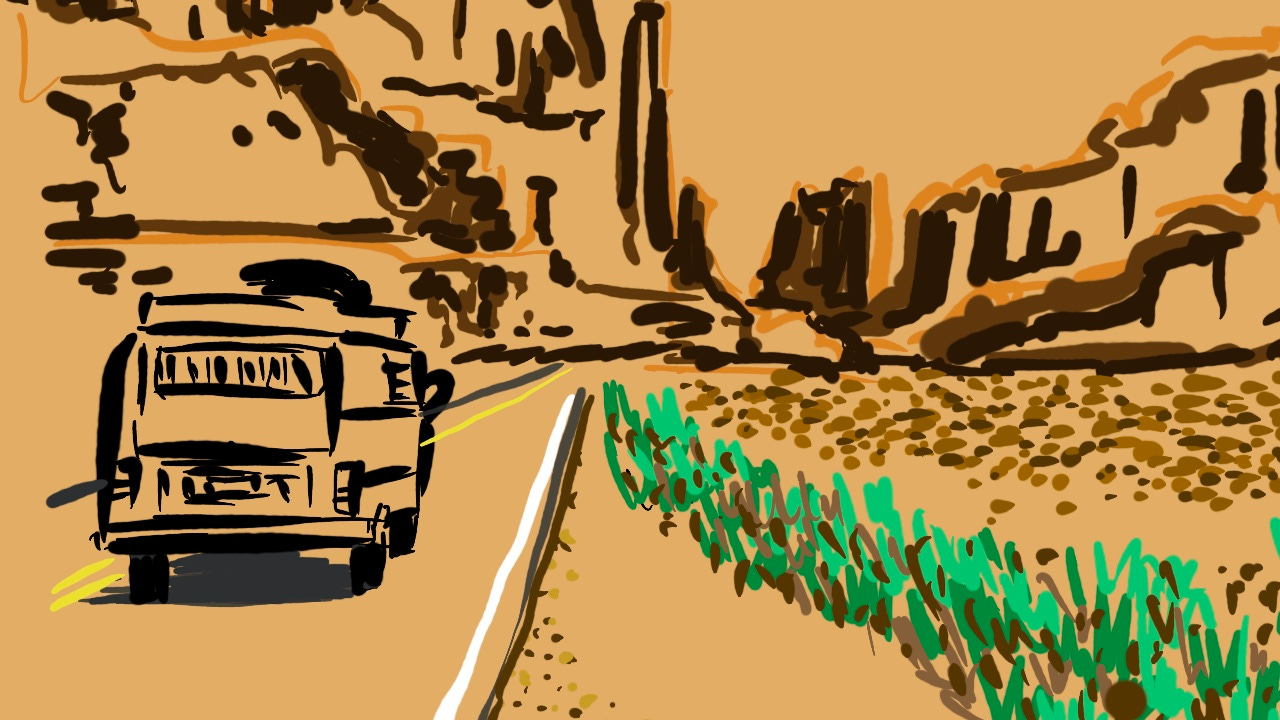In The Advice Trap, Michael Bungay Stanier outlines a fascinating framework explaining how our brain assesses whether a situation feels safe.
When I first learned about it, I realized how this framework could be applied to design better workshops, enhance collaboration meetings, and even improve marketing campaigns.
The framework is called TERA—an acronym for Tribe, Expectation, Rank, and Autonomy. It’s a guide to understanding the neuroscience of engagement, showing how people’s brains evaluate situations based on what they want or perceive as potential red flags.
The Four Drivers of Engagement: The TERA Framework
Our brains subconsciously ask these questions:
T (Tribe): Are you with me or against me?
People want to know if you’re on their side, if you’re “one of us.”
E (Expectation): Do I know what is about to happen?
Where are you taking me? People seek clarity about what’s coming next.
R (Rank): Who is up, and who is down?
Status matters to us all. We’re constantly evaluating who’s more or less important. The higher the rank, the better we feel.
A (Autonomy): Do I have any control here?
We crave a sense of control. If we don’t have a say, we tend to disengage.
The Hitchhiking Analogy
Imagine standing by the road with your thumb out, hoping for a ride. When a driver pulls over, what’s the first thing you do?
You check if they seem friendly—are they one of us?
Then, you want to know where they’re headed and if you can trust what will happen next—do I know what is about to happen?
You also make a quick judgment about their status. Are they a student, a farmer, a businessperson?—how do they compare to you?
Finally, you decide whether or not to get in based on the sense of control you feel about the situation.
Now, let’s flip the script. Imagine you’re the driver of your workshop, and your participants are the hitchhikers. How can you make it safe for them to engage in the journey?
Applying the TERA Framework to Workshops
Here’s how you can use the TERA framework to create a safe, engaging, and productive workshop environment:
1. Tribe: We’re in This Together
Build a Sense of Belonging: Show participants you’re on their side. Small details matter—like wearing company colors or setting up the room to reflect their organizational culture.
Warm-Up & Cool-Down: Start with icebreakers to help them relax and end with activities that reinforce the sense of collaboration.
2. Expectation: Show the Road Ahead
Give Clear Directions: People feel more comfortable when they know what to expect. Be like your GPS and let them know what’s coming up.
Use the “What, Why, and How” Framework: Explain what they’ll be doing, why it’s important, and how they’ll accomplish it. This reduces anxiety and builds trust.
3. Rank: Be the Guide, Not the Hero
Empower Participants: Make them feel important. They’re the experts—your job is to guide, not dominate.
Ask Questions: When participants answer questions, it elevates their status, making them feel more involved and respected.
4. Autonomy: Offer Choices
Create Moments of Choice: People engage more when they have control. Let participants choose time breaks, the end of the day, or even something simple like where to take a break—whether walking by the river or relaxing on a balcony watching dolphins.
Encourage Voting & Decision-Making: Dot voting is a great way to let participants express their preferences and have a say in the process.
Final Thoughts
Understanding the TERA framework isn’t just about running better workshops—it’s about crafting any experience where people need to feel safe, engaged, and motivated. When you address these four drivers, you create an environment where collaboration and creativity can thrive.




